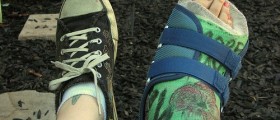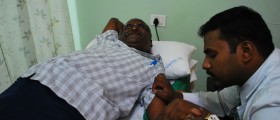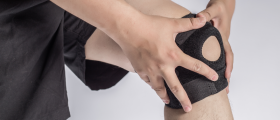Ganglion cysts are soft tissue lumps that occur near joints, particularly on the wrist, hand or foot. These bumps are fluid-filled, benign (non-cancerous), and are commonly round or oval. A ganglion cyst typically grows out of a joint, looking like a water balloon with a stalk. A thick, gelatin-like fluid is found inside the cyst. They can be very small or they may grow up to 3 cm in diameter. They are more common among females and may develop between the ages of twenty to forty.
The most common location of a ganglion cyst is the back of the wrist but they are also found arising from the joints of the fingers, the back of the knee, the ankle, and the foot. They may grow slowly or rapidly, sometimes depending on the amount of repetitive movements of the joint involved. Most bumps are not painful except when they happen to grow near a nerve. A ganglion cyst can press on a nerve as it grows and in these cases, you may experience tingling, numbness, pain or weakness of the muscles affected by the nerve involved.
Some people may develop more than one cyst.
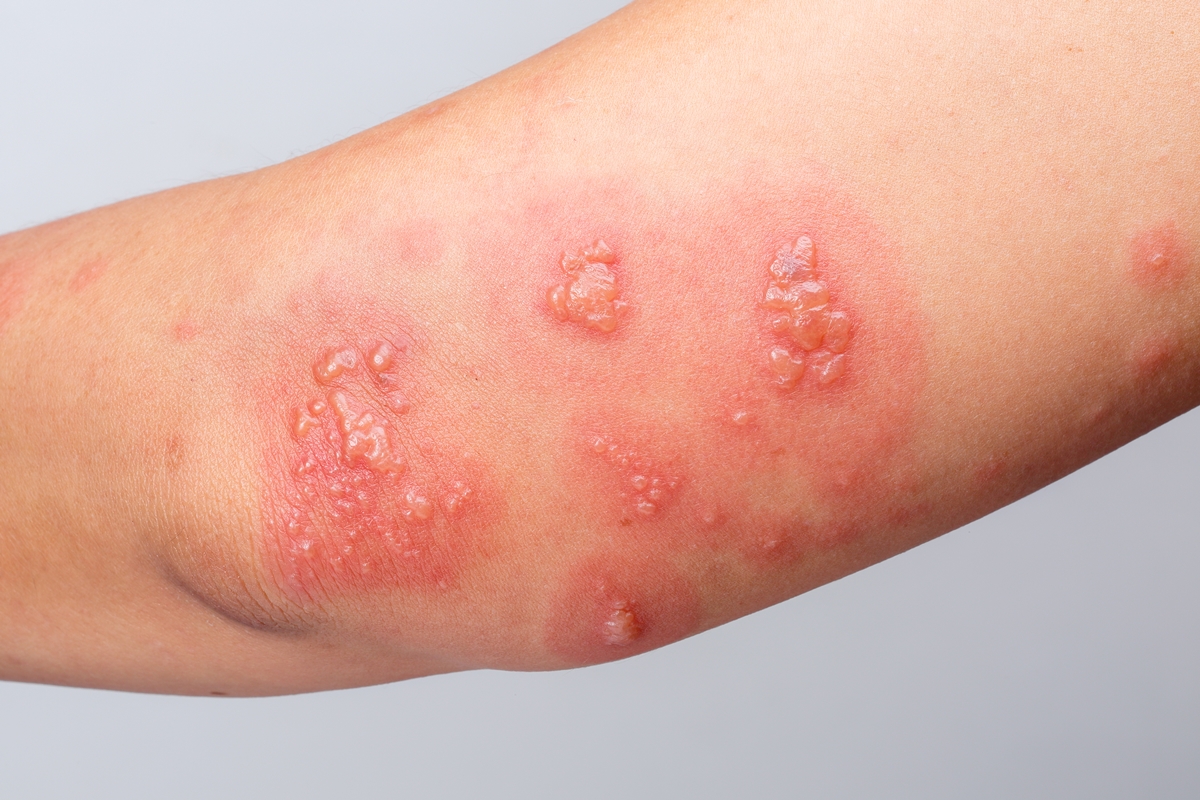
What Causes Ganglion Cysts?
Ganglion cysts are very common but it is not clear how they develop. Different theories explain how they are formed, including degenerative changes, joint stress, or joint abnormalities.
Some factors associated with an increased risk of developing ganglion cysts include repetitive movements in a joint, which makes gymnasts vulnerable to them, previous joint or tendon injuries, and osteoarthritis. However, there does not seem to be a link between ganglion cyst formation and one's occupation or dominant hand.
Diagnosis
A doctor may be able to diagnose a ganglion cyst on history and physical examination. Trans-illumination of the cyst with a flashlight may suggest that it contains a fluid, which may be confirmed by needle aspiration. X-rays or other special imaging exams such as MRI are unnecessary, except to see if the ganglion cyst has damaged a bone or if other conditions are being considered such as osteoarthritis, fractures, bone tumors or bone spurs.
Treatment of Ganglion Cysts
Most ganglion cysts eventually disappear or become smaller. If they do not cause pain, muscle weakness or interference with joint function, most doctors will not recommend any specific treatment except to educate and reassure a patient. If joint movements cause pain, a splint or wrist brace may be used to immobilize the joint temporarily until symptoms improve.
However, in a few cases, ganglion cysts can become big or disfiguring, especially if they affect adjacent structures like bones or ligaments. They can also cause severe pain and joint weakness. Needle aspiration of the fluid in the cyst may be done to reduce its size. However, this procedure does not remove the ganglion cyst entirely and therefore, the cyst may grow back. Some doctors may inject an enzyme called hyaluronidase into the cyst to make aspiration of the fluid easier. After aspiration, the doctor may inject a steroid into the ganglion cyst to prevent recurrence.
Some surgeons may recommend removing the entire cyst on an outpatient basis. Excision involves removal of the cyst and the stalk that attaches the cyst to the tendon or joint. Local anesthesia is used to numb the area. The cyst, however, may still recur. Possible complications include pain, joint stiffness, infection and scarring.
- AAOS. Ganglion Cyst of the Wrist and Hand. http://orthoinfo.aaos.org/topic.cfm?topic=a00006
- UCSF. Ganglion Cysts of the Wrist.http://orthosurg.ucsf.edu/oti/patient-care/divisions/sports-medicine/conditions/elbow-and-wrist/ganglion-cysts-of-the-wrist/
- Mayo Clinic. Ganglion Cysts. http://www.mayoclinic.org/diseases-conditions/ganglion-cyst/basics/definition/con-20023936
- Ganglion cysts of the wrist: pathophysiology, clinical picture, and management. http://www.ncbi.nlm.nih.gov/pmc/articles/PMC2682407/
- Photo courtesy of SteadyHealth




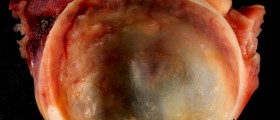

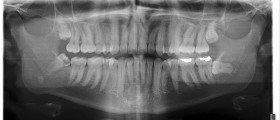


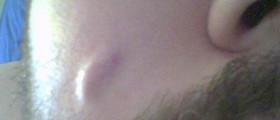
-Symptoms,-Diagnosis,-Treatment_f_280x120.jpg)


